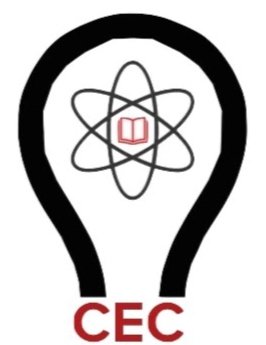Prepared by Geoff Johnson – 08-15-16
Each summer, millions of visitors flood Seattle’s Pike Place Market to marvel at the Puget Sound and watch swashbuckling fishermen zing salmon across packed market stalls. This place is almost always crowded – and rightfully so. There’s a ton to do, taste, and see. One visitor this summer, however, was looking for something else here (hint: it’s me).
I interned at OneEnergy Renewables, a utility-scale solar developer based right next to the market that builds construction-ready solar assets throughout the United States. During my summer, I worked across regional teams developing tools to better understand property tax implications for solar, analyze prospective markets and competitive landscapes, and monitor regulatory changes in a rapidly evolving energy industry.
New York State is home to some of the most rapid changes. Reforming the Energy Vision (REV), an energy modernization initiative launched by Governor Andrew Cuomo in April 2014, seeks to transform the way electricity is distributed and used throughout the state. As part of the REV process, Governor Cuomo directed the state’s Department of Public Service (DPS) in December 2015 to develop a Clean Energy Standard to meet the state’s goal of generating 50 percent of electricity from renewable resources by 2030.
This is what I was waiting and looking for all the way from Pike Place: a Clean Energy Standard that would inform how New York would achieve its renewable energy goals and what the implications would be for solar projects in the state.
On August 1, 2016, New York approved this Clean Energy Standard. The order is an ambitious and impressive step that mandates utilities to procure increasing levels of new renewable resources through Renewable Energy Credits starting next year. It also establishes subsidies for struggling nuclear power plants which are critical to New York achieving its 50 percent goal.
Despite its successes, the order falls short for some solar developers. For example, procurement criteria for new renewable resources include diversity of resources. They do not specify targets specific to solar, wind, or any other renewable resource.
Furthermore, procurement targets of 30.5 percent for renewables through 2021, while laudable, are conservative in the context of an Investment Tax Credit (ITC) that expires after 2023 (particularly given a renewable resource baseline of 25.7 percent). In other words, DPS could increase procurement targets earlier on to take advantage of the ITC and more efficiently achieve its 50 percent renewable energy goal.
Opportunities in New York are very much still present for solar developers as the REV process continues. This process will, among other things, define a methodology to more accurately value solar on the grid by incorporating avoided infrastructure costs and environmental benefits which were previously not considered.
This summer emphasized the importance of policy conversations and the myriad of players that are all integral to developing a large-scale solar project. I am excited to continue tracking these conversations and leading these players after graduation in an increasingly crowded solar industry. If it’s anything like Pike Place Market, I’ll be more than ready.

